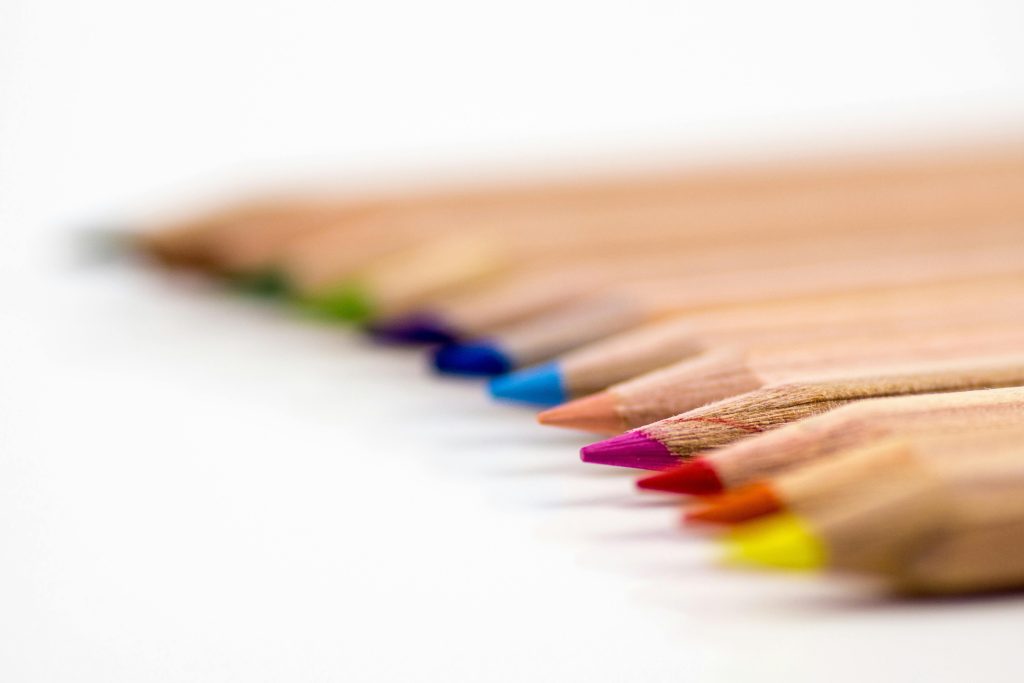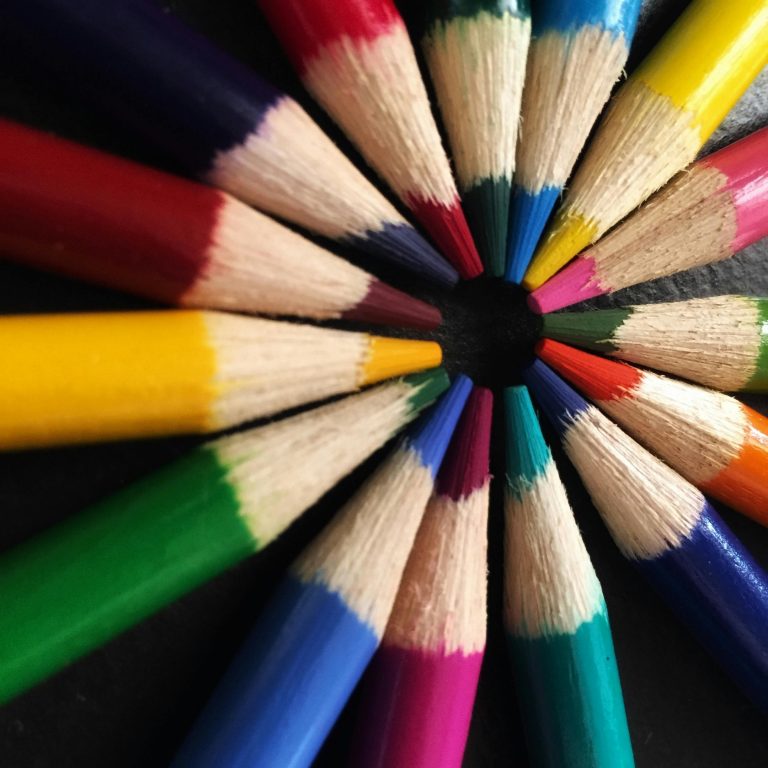Coloring Through Chaos: How Coloring Helps Rewire a Dysregulated Nervous System
Some days, your thoughts feel scrambled. Your chest feels tight. You can’t sit still, but you can’t move either. You don’t know what to say, and if you did, the words might fall apart in your mouth. So instead, you color.
It sounds small. Maybe even silly. But to your nervous system? It’s a rescue mission.
Coloring is one of the simplest, most effective tools for bringing your body back into regulation. Whether you’re anxious, emotionally flooded, overstimulated, or frozen—color becomes a way to re-enter your body without fear. Without judgment. Without needing to explain.
This is the psychology behind coloring through chaos.
Understanding a Dysregulated Nervous System
When you’re dysregulated, your nervous system is stuck in survival mode. This might show up as:
- Racing thoughts
- Shallow breathing
- Fidgeting or restlessness
- Emotional numbness
- Feeling detached or zoned out
- Trouble focusing or completing tasks
Coloring acts as a bottom-up regulation tool, meaning it starts with the body and travels up to calm the mind. It’s not about “thinking your way out.” It’s about giving your brain a new sensory experience that says: you’re safe now.
Why the Body Trusts Repetitive Movement
There’s a reason coloring soothes better than scrolling or zoning out. The repetitive, rhythmic motion of coloring mimics the movement your nervous system craves to regulate:
- Like rocking a baby
- Like swaying in a hammock
- Like brushing hair
- Like tracing shapes in the sand
It gives your body predictability. Reassurance. A loop your brain can follow.
This is why even tracing the same line over and over can feel calming—it’s your body saying, yes, this I understand.
Inner Child Healing Through Color
Coloring isn’t just about calm—it’s about reconnection. Often, dysregulation stems from old wounds or unmet emotional needs. Coloring gently brings your inner child to the surface: the part of you that needed softness, safety, creativity, and expression.
Even the act of choosing crayons or coloring outside the lines can tap into parts of yourself that have gone quiet.
Here’s what coloring may do for the inner child:
- Allow freedom without pressure
- Invite play without judgment
- Offer quiet presence without words
- Provide safety in expression
Healing doesn’t always have to look like deep talks. Sometimes it looks like a purple flower on an empty page.
Coloring as a Trauma-Safe Practice
For trauma survivors, it can be difficult to be still. Meditation might feel triggering. Talking about feelings might feel too vulnerable. Coloring is a non-threatening, trauma-informed tool that supports healing without reactivating.
It allows emotional release in small, digestible doses. It helps regulate the polyvagal system—specifically stimulating the ventral vagal state, where social engagement and rest are possible.
In short: coloring makes your body feel like a safe place to be again.
Sensory Grounding with Color
Grounding means anchoring yourself in the present moment. Coloring is a multi-sensory experience:
- You feel the pen or pencil in your hand
- You see the color unfold on the page
- You hear the scratch or stroke of the tool
- You engage with soft light, texture, and motion
This sensory layering makes coloring ideal for:
- Panic attack recovery
- Meltdowns or emotional flooding
- Post-cry grounding
- Pre-sleep anxiety
- Therapy decompressing
It becomes more than art—it becomes a nervous system anchor.
Your Coloring Routine, Your Way
Creating a nervous-system-safe coloring ritual doesn’t have to be fancy. Here’s how to build one that meets you where you are:
- Lighting: soft, low, natural if possible
- Tools: colored pencils, crayons, gel pens—whatever feels smooth and gentle
- Space: a floor corner, a bed, a small tray by the window
- Extras: calming music, lavender scent, blanket across your lap
Coloring for 5–10 minutes a day is enough. You’re not trying to “finish” anything. You’re letting your body lead—and color is just the vessel.
Final Thoughts
You don’t need to be an artist to let coloring help you heal. You just need a moment. A page. A soft breath. A color that feels like safety. Whether you’re working through anxiety, trauma, grief, or just a long day—coloring gives your body a place to land.
Your nervous system listens to your hands. So when the chaos gets loud, don’t force words. Let your colors speak instead.
For more ways to slow down and reset, keep coming back to SootheSync.







